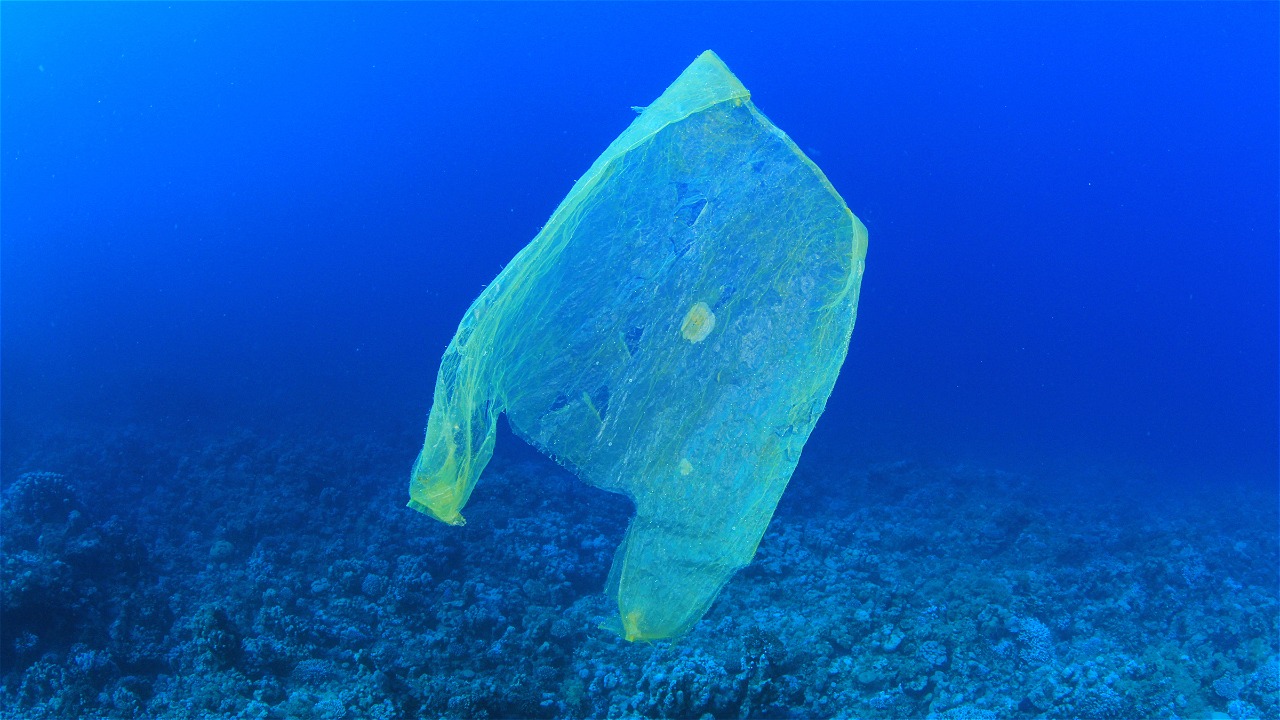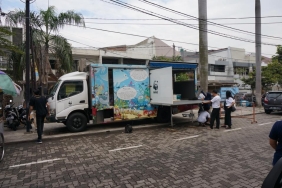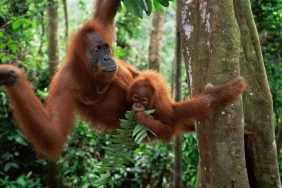KOMODO BUSINESS COOPERATIVE SOLVES WASTE PROBLEM IN LABUAN BAJO
By: Nanda September and Sani Firmansyah
Komodo National Park is one of the favorite tourist destinations for tourists, both domestic and foreign. Based on data collected by the Tourism and Creative Economy Office of East Nusa Tenggara Province, 82,000 people visited in 2016 and 100,000 people are expected to visit Komodo National Park in 2017. This is certainly directly proportional to the waste produced and will have a negative impact on existing biodiversity, especially in Komodo National Park if not managed properly. "There are Komodo dragons, manta rays, sharks, and coral reefs that we want to preserve. If we don't start managing our waste, it's not impossible that in a few years we won't be able to see these animals, (and get) fresh fish to eat," said Sus Kamil, Marine Conservation Officer.
To solve the waste problem in Labuan Bajo, the Komodo Multipurpose Cooperative (KSU) was established. This KSU is a cooperative initiative of the Labuan Bajo community located in Batu Cermin Village, Labuan Bajo.
Initially, the waste generated by the community in Labuan Bajo was simply burned. However, after the establishment of the Komodo Multipurpose Cooperative (KSU) in 2015 with support from WWF-Indonesia, the community was socialized that waste can be turned into something valuable. Margaret Subekti, one of the managers and administrators of KSU Komodo works hard to educate about waste in every activity, from the neighborhood level to schools. She educates on how to manage organic waste using the composting method and distributes inorganic waste to KSU Komodo. It is not just about collecting waste, but it is a means of education. "The waste sent by residents will be categorized according to type and then counted by weight and exchanged for money in the form of savings that can be taken once a month," said the woman who is familiarly called Oma.
Landfills are always synonymous with dirty and smelly places, but Oma and other administrators make KSU Komodo a place that makes visitors comfortable. Starting from children to adults, many visit KSU Komodo to find out how plastic waste is processed in this place. With a little touch of art made by waste volunteers in Labuan Bajo, the dumpsite is transformed into a more attractive place. When entering the KSU Komodo area, visitors can see a water tank with a picture of the famous cartoon character, Minion. Entering the area for children's education, there are sea paintings depicting the seascape in Labuan Bajo. In addition, plastic and glass waste are neatly organized, not scattered or messy like in a landfill in general. "It's a garbage dump, but it's not a slum," Oma said.
Waste management at KSU Komodo is helped by support from WWF-Indonesia Supporters and HSBC Bank in the form of two units of three-wheeled motorized vehicles for transporting waste and waste presses. KSU Komodo is also used as a place to educate kindergarten to high school students about the introduction of waste and its management through fun activities, such as recycling and coloring the results of their work. "I'm happy here, I learned a lot with Oma to make butterflies from used goods," said Olin, an elementary school student who was visiting KSU Komodo.
Not only recycling waste at KSU Komodo, Oma also has another wish that KSU Komodo can be used as a place to share information and socialize among residents in Labuan Bajo. "And in the end, the main goal of KSU Komodo itself is not more and more waste receipts, but less and less. And later the community itself will manage the waste so that we can protect Labuan Bajo, "hoped Oma.




